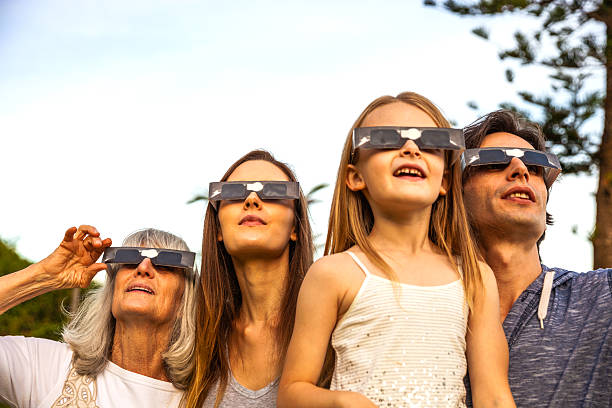Library Programs
On Monday, April 8 a total solar eclipse will cross North America, passing over Mexico, the United States, and Canada! A total solar eclipse happens when the Moon passes between the Sun and Earth, completely blocking the face of the Sun. The sky will darken as if it were dawn or dusk.
In celebration of the total solar eclipse, the Osceola Library System is hosting programs across some branch locations:
West Osceola Library – Here Comes the Sun: Eclipse Viewing Party – Monday, April 8, 1pm
- Build a pinhole viewer to see the annual solar eclipse, the first visible from Florida in over six years! Start of partial: 1:35 pm End of partial: 4:20pm
Poinciana Library – STEAMworks – Wednesday, March 27, 4:30pm
- Power up your imagination, creativity, and learning with Ms. Liz through a variety of weekly activities that will guide today’s curious minds to become tomorrow’s great innovators. The theme of this program is the upcoming partial solar eclipse. Amy Trujillo, the The National Science Teachers Association (NSTA) Director, will be a guest speaker for this event.
Veterans Memorial Library – St. Cloud Branch – Eclipse 101 – Thursday, April 4, 7pm
- Look to the skies and discover fascinating details of the upcoming annular solar eclipse. Presented by Eric Hoin of the Central Florida Astronomical Society, Inc. A limited number of eclipse glasses will be available for attendees.
Safety
If solar eclipse glasses run out, here is a way to view the solar eclipse safely:
- Pinhole Projector: With the Sun behind you, pass sunlight through a small opening (for example, a hole punched in an index card) and project a solar image onto a nearby surface (for example, another card, a wall, or the ground).
According to NASA, do NOT use handheld viewers with cameras, binoculars, or telescopes. Those require different types of solar filters. When viewing the partial phases of the eclipse through cameras, binoculars, or telescopes equipped with proper solar filters, you do not need to wear eclipse glasses. (The solar filters do the same job as the eclipse glasses to protect your eyes.)
Also, you can view the eclipse directly without proper eye protection only when the Moon completely obscures the Sun’s bright face – during the brief and spectacular period known as totality. (You’ll know it’s safe when you can no longer see any part of the Sun through eclipse glasses or a solar viewer.)

